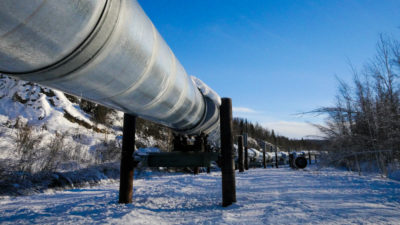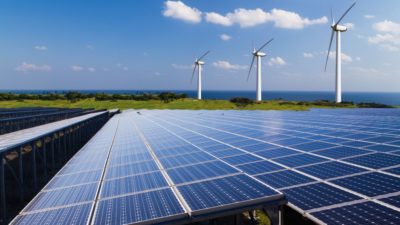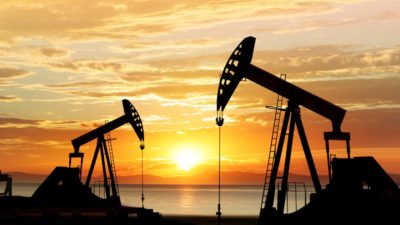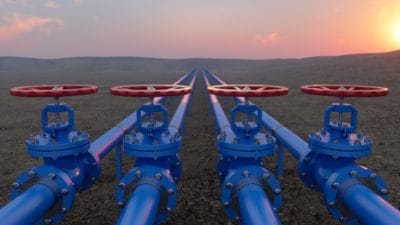Last week U.S. President Obama vetoed a bill that would have approved the construction of TransCanada Corporation’s (TSX:TRP)(NYSE:TRP) Keystone XL pipeline project. In doing so, he sent the political hot potato back to the U.S. Congress, which is still a handful of votes shy of having the power to override the president’s veto.
However, while lawmakers play a game of hot potato, the average American is beginning to wonder if the country even needs the pipeline. The U.S. has an abundance of oil, thanks to the shale revolution, but this is leading many to see the Keystone XL pipeline as an export pipeline, as oil would flow through the heartland of America and out from its Gulf Coast. That belief, which is leading many to turn against the project, is based on a misunderstanding of one critical fact: American refineries were configured with Canadian oil in mind.
A heavy burden to bear
America hasn’t built a new complex refinery since 1977. Instead, the country has only expanded the capacity of existing complex refineries to handle the country’s growing need for gasoline and diesel. One of the ways it has expanded its capacity is by adding what are called coking units, which can upgrade heavier crude oil into petroleum products like gasoline and diesel.
However, what few people realize is that the main reason why U.S. refineries built coking units was to handle the heavier crude oil that was supposed to come from places like Canada and Venezuela, as the country wanted to desperately get off of the light oil that had been coming from the Middle East.
What no one saw coming was the U.S. shale revolution, which brought enormous quantities of light oil that flooded the U.S. market. It has pretty much displaced light oil imports from places like the Middle East. However, what it can’t replace is the fact that American refineries were configured to handle heavy oil. That’s why heavy oil imports continue to grow.
A pipeline to the Promised Land
This is especially true in the U.S. Gulf Coast, which built a tremendous amount of coking capacity to handle heavier oil. We can see this in the following map from the U.S. Energy Information Administration.
Source: EIA.
Note on that map that most of America’s heavy oil refining capacity is either in the Mid-West, near the Oklahoma oil storage center where the Keystone XL pipeline would actually terminate, as well as in the Gulf Coast, where the southern leg of Keystone takes oil to the Gulf. It’s pretty clear from that map that the Keystone XL pipeline is being developed to take heavy Canadian oil to the refineries that are best equipped to refine that oil. In fact, there’s so much heavy oil refining capacity in the Gulf that the Keystone XL would bring it less than 10% of the oil the region needs.
Investor takeaway
The Keystone XL has become a political issue in America because few on either side of the border have any real understanding of the energy industry. So, when someone says the Keystone XL is just an export pipeline, they don’t understand the fact that America really does need Canada’s oil because that’s the type of oil their refineries were configured to handle.








